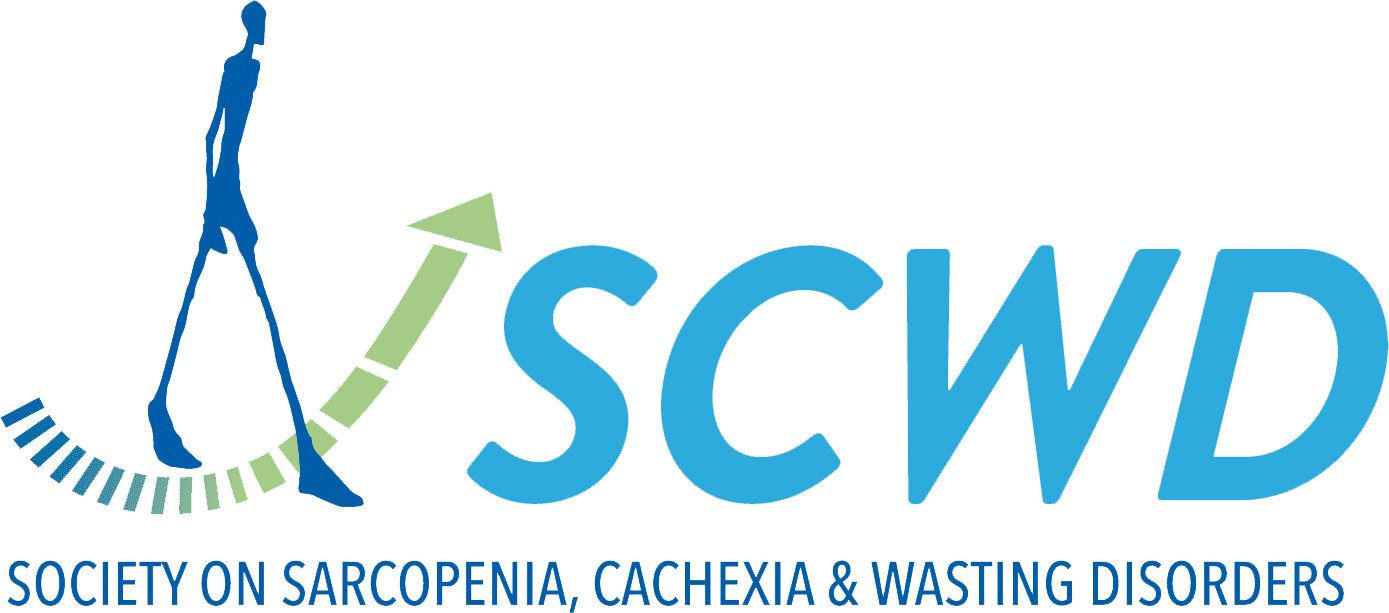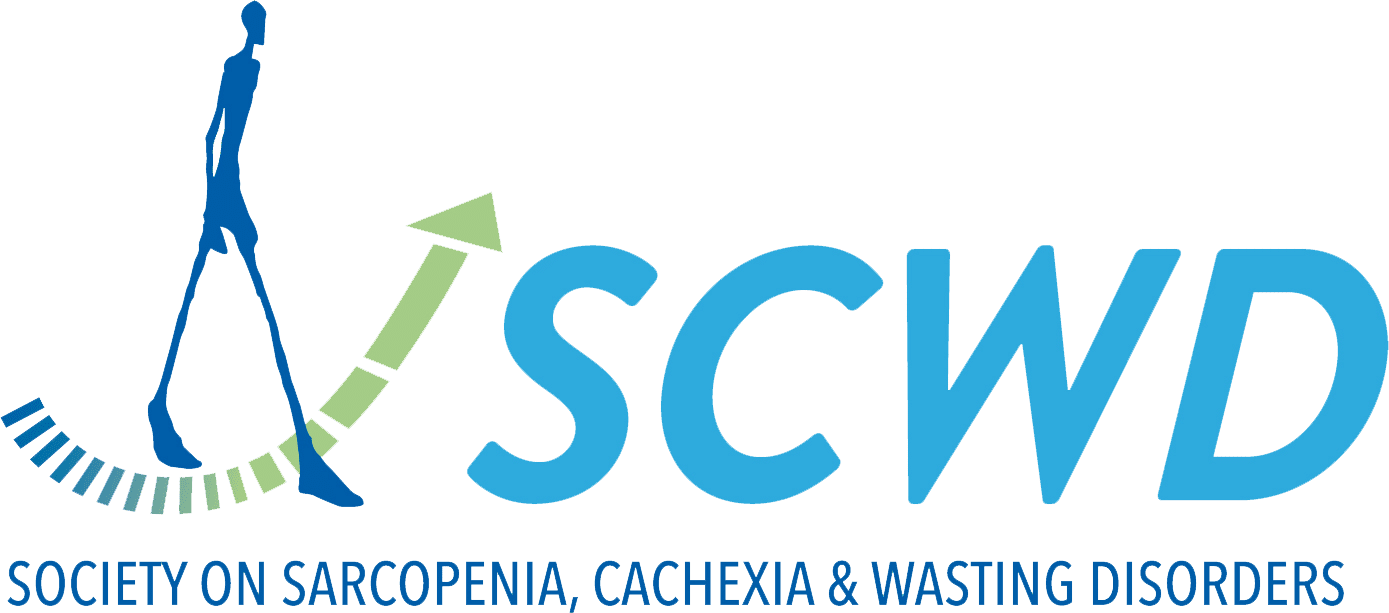muscles
Comment on 'Impact of Resistance Training and Chicken Intake on Vascular and Muscle Health in Elderly Women' by Fujie et al.
BIO101 in Sarcopenic Seniors at Risk of Mobility Disability: Results of a Double-Blind Randomised Interventional Phase 2b Trial.
Sarcopenia is a progressive muscle disorder that may lead to mobility disability. No pharmaceutical interventions are currently available, and treatment relies on physical exercise and nutrition. The aim of SARA-INT was to investigate whether BIO101 (20-hydroxyecdysone), an activator of the...
Zinc Alleviates Diabetic Muscle Atrophy via Modulation of the SIRT1/FoxO1 Autophagy Pathway Through GPR39.
Muscle atrophy is a severe complication of diabetes, with autophagy playing a critical role in its progression. Zinc has been shown to alleviate hyperglycaemia and several diabetes-related complications, but its direct role in mediating diabetic muscle atrophy remains unclear. This...
Assessing sarcopenia: The JOHAS (Judgment of Objective Hyper-steatosis and Atrophy in Sarcopenia) index as a pragmatic surrogate for skeletal muscle index by bioimpedance analysis.
The aim of this study was to develop a new, less cumbersome index for determining sarcopenia using axial slice images from computed tomography (CT) as a surrogate for the skeletal muscle index (SMI) measured by bioelectrical impedance analysis (BIA). We...
Detrimental Effects of β2-Microglobulin on Muscle Metabolism: Evidence From In Vitro, Animal and Human Research.
β2-Microglobulin (B2M) has garnered considerable interest as a potential pro-ageing factor, leading to speculation about its involvement in muscle metabolism and the development of sarcopenia, a key component of ageing phenotypes. To explore this hypothesis, we conducted a comprehensive investigation...
Nutritional intake as a determinant of high-speed resistance and multicomponent training efficacy on strength in older women at risk of sarcopenia. A randomized clinical trial.
Despite advances in research on training and nutritional supplementation, it is largely unknown how micronutrient intake modulates the response to training in older adults. This study investigates the relationship between nutrient intake and response to training in older women at...
Low-Carbohydrate Diet Exacerbates Denervation-Induced Atrophy of Rat Skeletal Muscle Under the Condition of Identical Protein Intake.
While decreased protein intake is associated with muscle mass loss, it is unclear whether a decrease in carbohydrate intake adversely affects muscle atrophy independently of protein intake. Herein, we examined whether a low-carbohydrate (low-CHO) diet exacerbates denervation-induced muscle atrophy under...
The Impact of Radiation Dose on CT-Based Body Composition Analysis: A Large-Animal Study.
CT-based body composition analysis (BCA) enables the extraction of biomarkers from routine CT data. The influence of body composition on the prognosis of different patient groups has been highlighted in recent years. Typically, the segmentation of muscle and fat compartments...
FOXO regulation of TXNIP induces ferroptosis in satellite cells by inhibiting glutathione metabolism, promoting Sarcopenia.
Aging-related sarcopenia represents a significant health concern due to its impact on the quality of life in the elderly. This study elucidates the molecular mechanisms underlying sarcopenia by employing single-cell sequencing and public transcriptome databases to compare young and aged...
The Effects of Vitamin D on Muscle Strength Are Influenced by Testosterone Levels.
Although the role of vitamin D receptor (VDR) in muscle mass and strength is well established, the effects of vitamin D (VD) on muscle remain controversial due to various factors. Herein, the influence of sex on the effects of VD...
Plasma brain-derived neurotrophic factor concentrations are elevated in community-dwelling adults with sarcopenia.
The scalability of a blood-based sarcopenia assessment has generated interest in circulating markers that may enhance management strategies. Data regarding the relevance of brain derived neurotrophic factor (BDNF), a regulator of neuroplasticity, to sarcopenia in community-dwelling adults are scarce. We...
Aged-Related Fibroblast Activation Protein Expression in Skeletal Muscles Evaluated by PET Imaging.
Fibroblast activation protein (FAP) is prominently involved in the tumour microenvironment and tissue remodelling processes in most cancers, and its expression is also noted in normal skeletal muscle. This study aims to explore the relationship between FAP expression and age-related...
Diagnostic Criteria for Cancer-Associated Cachexia: Insights from a Multicentre Cohort Study.
To explore the association between cachexia, as defined by different diagnostic criteria, and the risk of mortality in individuals with cancer. We also examined which diagnostic criteria are more feasible and appropriate for cancer-associated cachexia in clinical practice. A multicentre...
Impact of physical activity on physical function, mitochondrial energetics, ROS production, and Ca handling across the adult lifespan in men.
Aging-related muscle atrophy and weakness contribute to loss of mobility, falls, and disability. Mitochondrial dysfunction is widely considered a key contributing mechanism to muscle aging. However, mounting evidence positions physical activity as a confounding factor, making unclear whether muscle mitochondria...
Celecoxib Enhances Oxidative Muscle Fibre Formation and Improves Muscle Functions Through Prokr1 Activation in Mice.
Muscle diseases are serious challenges to human health. Prokineticin receptor 1 (PROKR1) has emerged as a potential target to improve muscle function through increasing oxidative muscle fibres, but there are no clinically applicable synthetic PROKR1 agonists. Drugs with biological properties...


